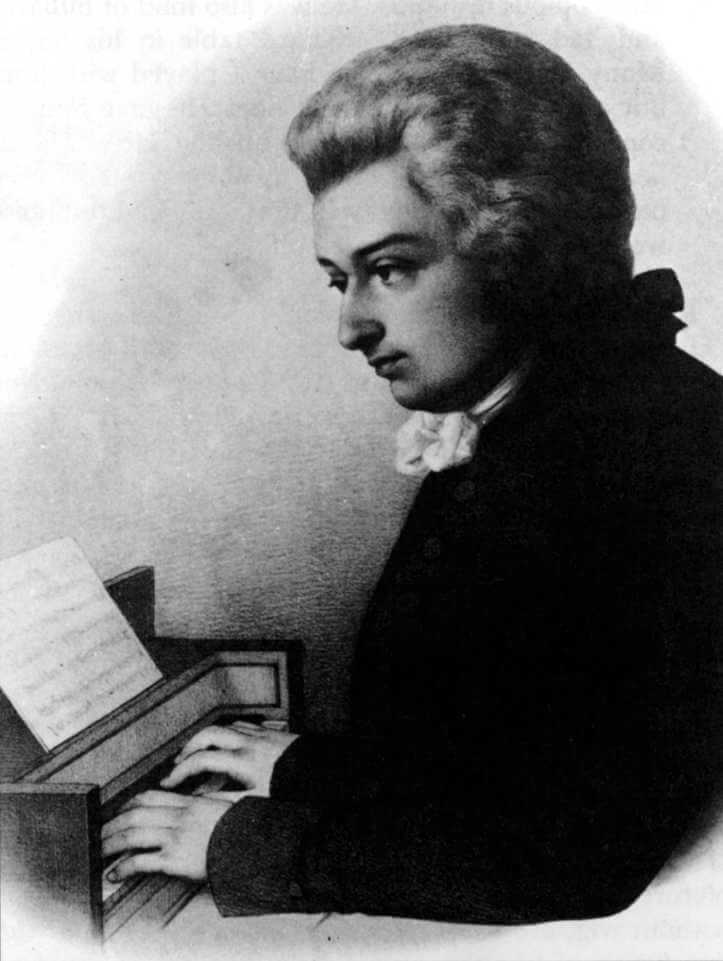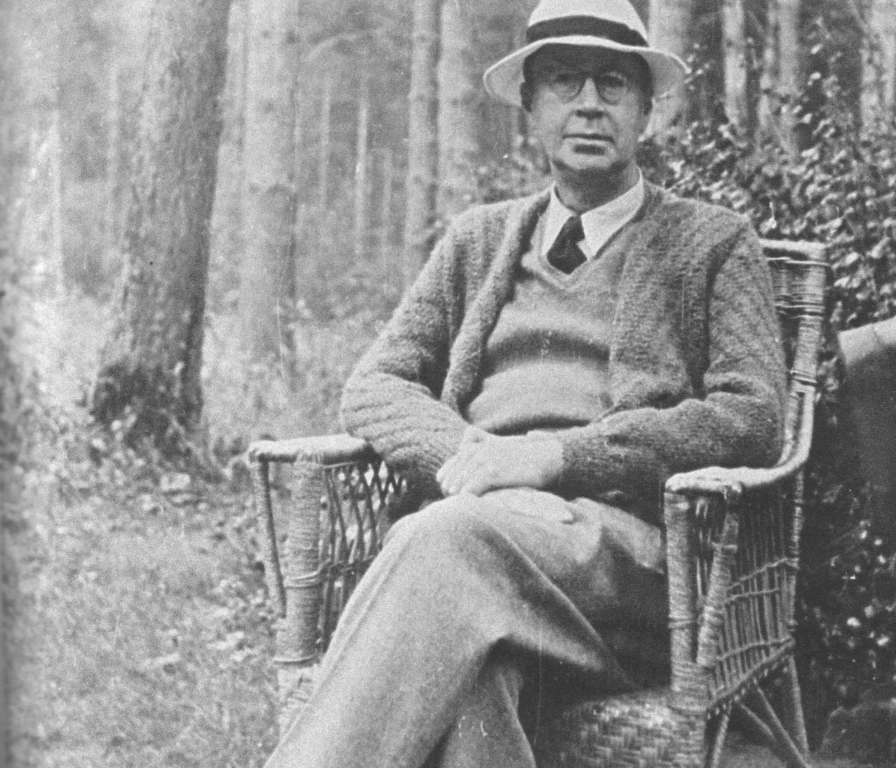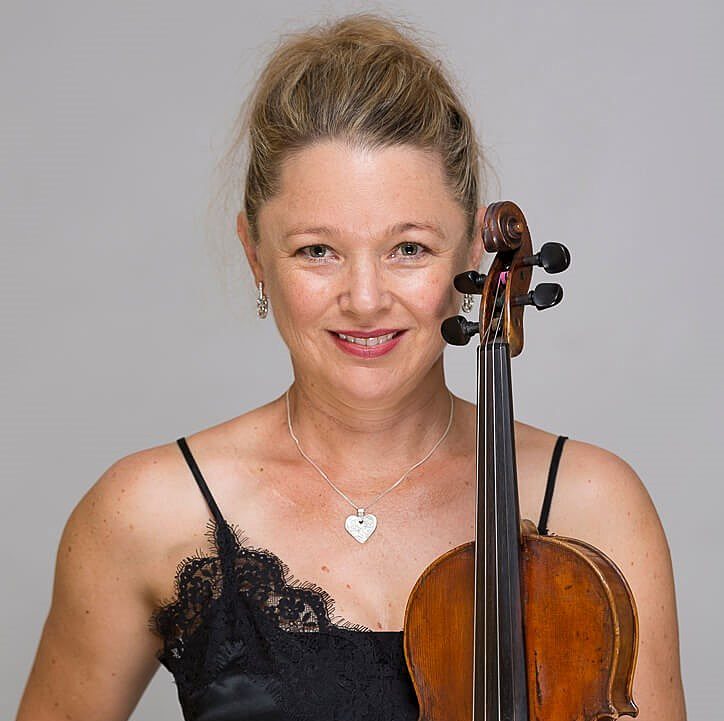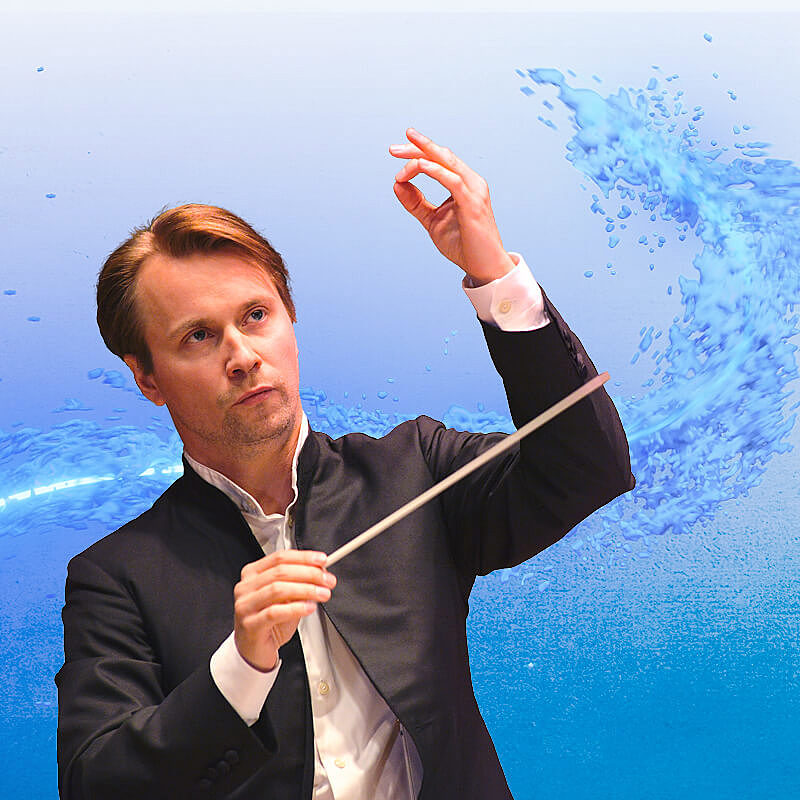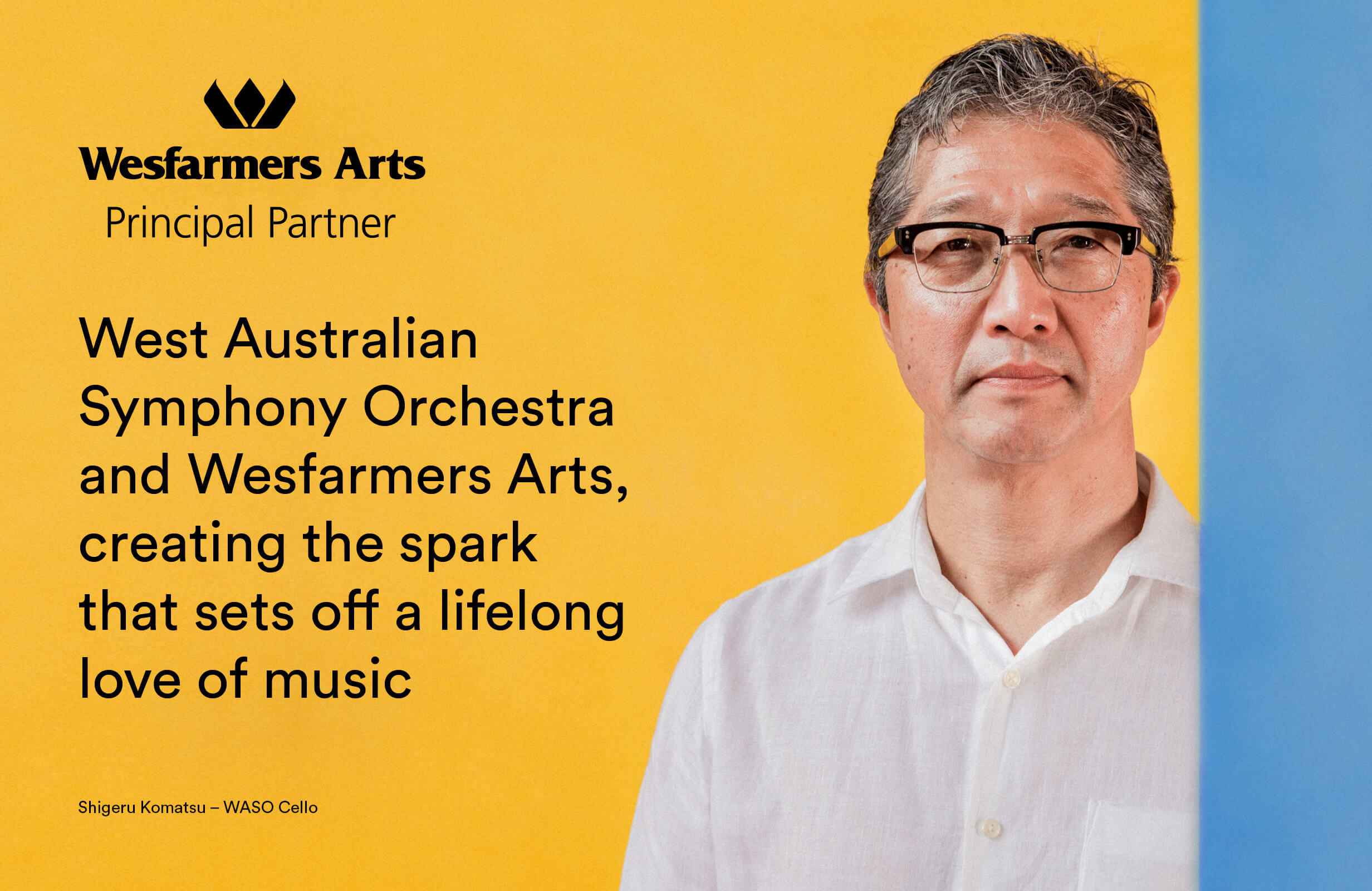Sergei Prokofiev
(1891-1953)
Symphony No.5 in B flat, Op.100
Andante
Allegro marcato
Adagio
Allegro giocoso
As Prokofiev raised his baton to conduct the premiere of his Fifth Symphony, Moscow shook with the sound of cannon-fire. It was January 1945, and the fusillade announced to the citizens that the Red Army had crossed the Vistula River in its rout of the invading Germans. Pianist Sviatoslav Richter, who was there, remembered the symbolism of the moment well: ‘A common borderline had come for everyone.’ If the cannon-fire was announcing the turn of the war’s tide, the symphony announced a new beginning. Its epic scale and optimistic trajectory perfectly reflected the mood of the time. Prokofiev later wrote that in this work ‘I wanted to sing of the free, happy man, his mighty power, his chivalry and his purity of spirit…I wrote the kind of music that grew ripe within me and finally filled up my soul.’
We need, of course, to understand the deliberate ambiguity of such remarks: Prokofiev, like anyone else, was well aware of the lack of freedom and happiness under Joseph Stalin; his description might sound like that of the new ‘Soviet man’, but can equally be read as a subtle denunciation of the regime. The composer, moreover, had first-hand experience of the precariousness of favour in the Soviet Union. Perhaps expecting to profit from Shostakovich’s recent fall from grace, Prokofiev had permanently returned to Russia in 1936 after living mainly in Paris since 1918. He soon found that when he tried to compose in the officially sanctioned way he would be accused of writing music that was ‘pale and lacking in individuality’; if he continued on the course he had begun in Western Europe he was derided as a ‘formalist’.
With works like Peter and the Wolf and Romeo and Juliet, Prokofiev’s stocks revived, and during the early 1940s he received the Stalin Prize several times and was evacuated to safety when the Soviet Union entered World War II in 1942. He spent the summer of 1944 with composers Khachaturian, Shostakovich and Miaskovsky in the relative luxury of a government-run artists’ colony and in a mere two months (and with a little recycling) had composed his Fifth Symphony.
The Fourth Symphony, composed some 14 years earlier, was a not entirely successful cobbling together of offcuts from the Prodigal Son ballet. In the Fifth, Prokofiev produced a much more ‘classical’ work, of four movements, but one in which his material is superbly integrated and tightly argued. Like Shostakovich in a number of works, Prokofiev composed a first movement whose tempo is broad and stately rather than traditionally fast. This enables an epic treatment of the material. Beginning with a simple theme on flute and bassoon, the movement unfolds gradually but inexorably, with passages of characteristic wit, high lyricism and overpowering full scoring until, in its final cadence, a radiant B flat chord emerges from tense dissonance.
The second movement provides the first really fast music, its balletic quality partly explained by the use of material discarded during the composition of Romeo and Juliet. This recalls the Prokofiev of The Love for Three Oranges – fast, incisive, colourful – and provides a foil to the extended and beautiful slow movement which follows. What musicologist Arnold Whittall calls the ‘obsessive ticking’ rhythms of the second movement give place to a gently pulsating accompaniment over an arching main theme, which contrasts with an emotive central section.
In the finale, Prokofiev initially defies expectations by quoting the melody from the first movement, this time scored for the rarified sound of divided cellos. Whether or not this represents what Prokofiev’s ‘official’ biographer Israel Nestyev calls the ‘theme of man’s grandeur and heroic strength’, it is dramatically effective of the composer not to plunge immediately into the expected triumphal finale. As Whittall remarks, the movement avoids the ‘naively life-enhancing’ cliches of Soviet music but the subtle use of dissonance, and the uneasy sense right at the end, suggest that the energy of the music has outlived its meaning.
The timing of the symphony was, however, perfect, seeming to sing of Soviet victory. Sadly, it would not be long before Prokofiev would feel the weight of disfavour once more; moreover, concussion sustained in a fall shortly after the premiere meant that the Fifth Symphony would be the last work he would ever conduct.
Gordon Kerry © 2003
First performance:
13 January 1945, Moscow, composer conducting USSR State Symphony Orchestra.
First WASO performance:
13 September 1967. Hans-Hubert Schönzeler conducting.
Most recent WASO performance:
13-14 July 2018, Joshua Weilerstein conducting.
Instrumentation:
two flutes, piccolo, two oboes, cor anglais, two clarinets, bass clarinet, E flat clarinet, two bassoons, contrabassoon, four horns, three trumpets, three trombones, tuba, timpani, percussion, harp, piano, strings.



